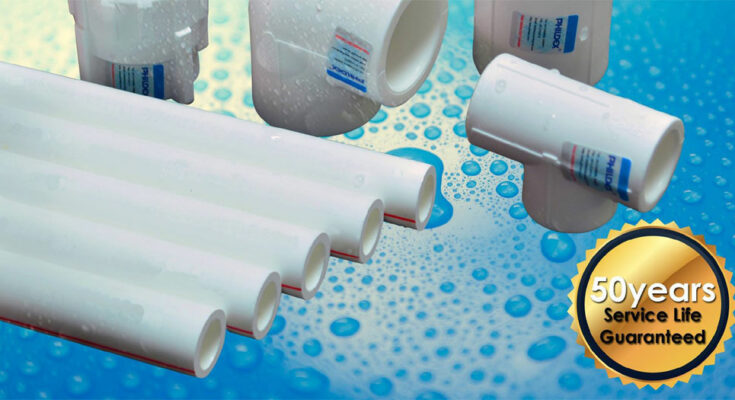Which pipe is safer?
Before going into the specification we should familiarize what each material is made up of. PPR is the short-form for Polypropylene Random Copolymer while CPVC is Chlorinated Polyvinyl Chloride and is produced by a process of chlorination to Polyvinyl Chloride.
PPR Pipe has been growing in popularity over the last couple of years, and rightly so. Its durability, ecological, and economic benefits make PPR pipes one of the best in the industry. That is why most industry leaders have turned to PPR pipes for all their needs. PPR pipes are commonly used in home installations. It is also used in sanitary liquid, alkaline and acidic solutions, compressed air, and transferring water.
The first thing you should know about PPR pipes is that they have low thermal conductivity. This means that external temperatures don’t get to the liquid inside the pipe. PPR pipes can serve you for more than 50 years under varying environmental conditions and a wide range of fluids.
What is more, PPR pipes can withstand both cold and hot water systems. To help you understand, PPR pipes can handle the pressure and strain of hot water without breaking. PPR PIPES IS THE HEALTHY ANSWER!
Phildex PPR Pipes are manufactured with superior raw materials and are food grade, flexible, stronger and can sustain a high temperature. Phildex PPR Pipes have very long working life and can last more than 50 years.
If you are looking for a PPR piping system for your next project, you can visit Phildex Page and inquire today. Phildex is one of the leading suppliers of PPR Pipes and Fittings in the Philippines and is known for quality and good service they offer to their customers.



